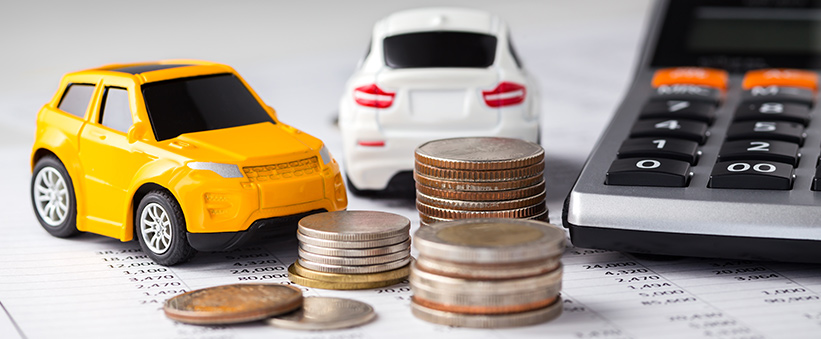
How is the price of your auto insurance policy calculated?
The amount you’ll pay for car insurance is impacted by a number of very different factors—from the type of coverage you have to your driving record to where you park your car. While not all companies use the same parameters, here’s a list of what commonly determines the bottom line on your auto policy.
- Your driving record – The better your record, the lower your premium. If you’ve had accidents or serious traffic violations, it’s likely you’ll pay more than if you have a clean driving record. You may also pay more if you’re a new driver without an insurance track record.
- How much you use your car – The more miles you drive, the more chance for accidents so you’ll pay more if you drive your car for work, or use it to commute long distances. If you drive only occasionally—what some companies call “pleasure use”—you’ll pay less.
- Location, location, location – Due to higher rates of vandalism, theft, and accidents, urban drivers pay a higher auto insurance price than those in small towns or rural areas. Where you park your car (on the street or in a secure garage) and anti-theft features may impact the bottom line as well.
Other factors that affect the premium prices that can vary from one area or state to another are: cost and frequency of litigation; medical care and car repair costs; prevalence of auto insurance fraud; and weather trends.
- Your age – In general, mature drivers have fewer accidents than less experienced drivers, particularly teenagers. Insurers generally charge more if teenagers or young people below age 25 drive your car.
- Your gender – Statistically, women tend to get into fewer accidents, have fewer driver-under-the-influence accidents (DUIs) and—most importantly—have less serious accidents than men. So all other things being equal, women often pay less for auto insurance than their male counterparts.
- The car you drive – The cost of your car is a major factor in the cost to insure it. Other variables include the likelihood of theft, the cost of repairs, its engine size and the overall safety record of the car. Automobiles with high quality safety equipment might qualify for premium discounts.
Insurers not only look at how safe a particular vehicle is to drive and how well it protects occupants, but also how much potential damage it can inflict on another car. If a specific vehicle model has a higher chance of inflicting damage when in an accident, an insurer may charge more for liability insurance.
- Your credit – Similar to your credit score, your credit-based insurance score is a statistical tool that predicts the likelihood of your filing a claim and the likely cost of that claim.
- The type and amount of auto insurance coverage – The limits on your basic auto insurance, the amount of your deductible, and the types and amounts of policy options (such as collision) that are prudent for you to have all affect how much you’ll pay for coverage.
- NEVER race or religion – It is illegal to use race or religion to set insurance rates.
- Posted by admin
- On October 15, 2020
- 0 Comment

